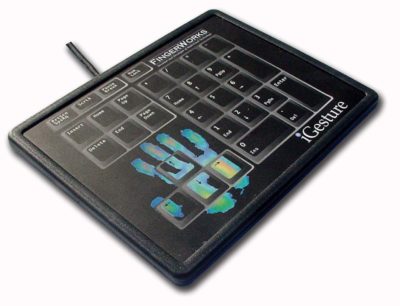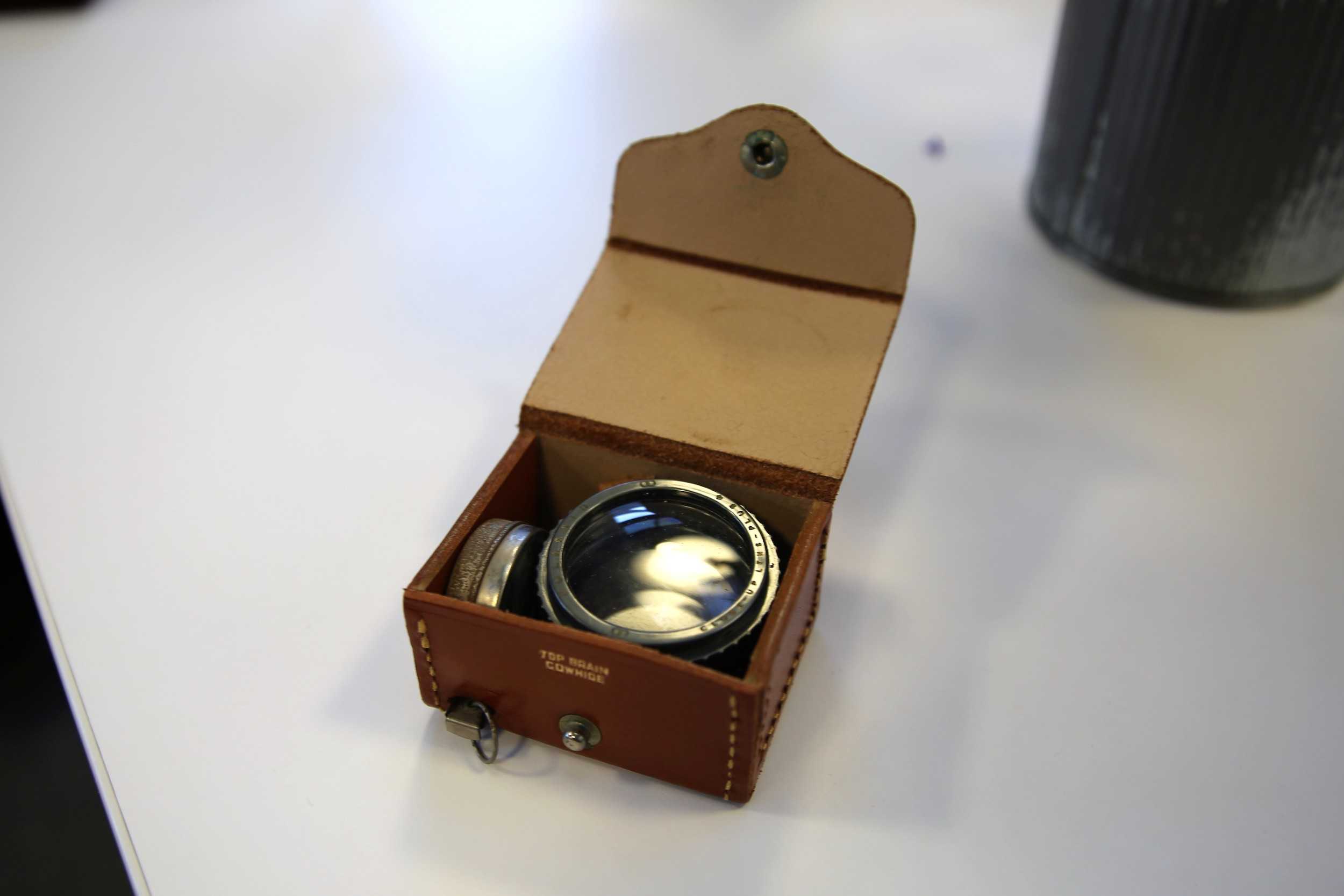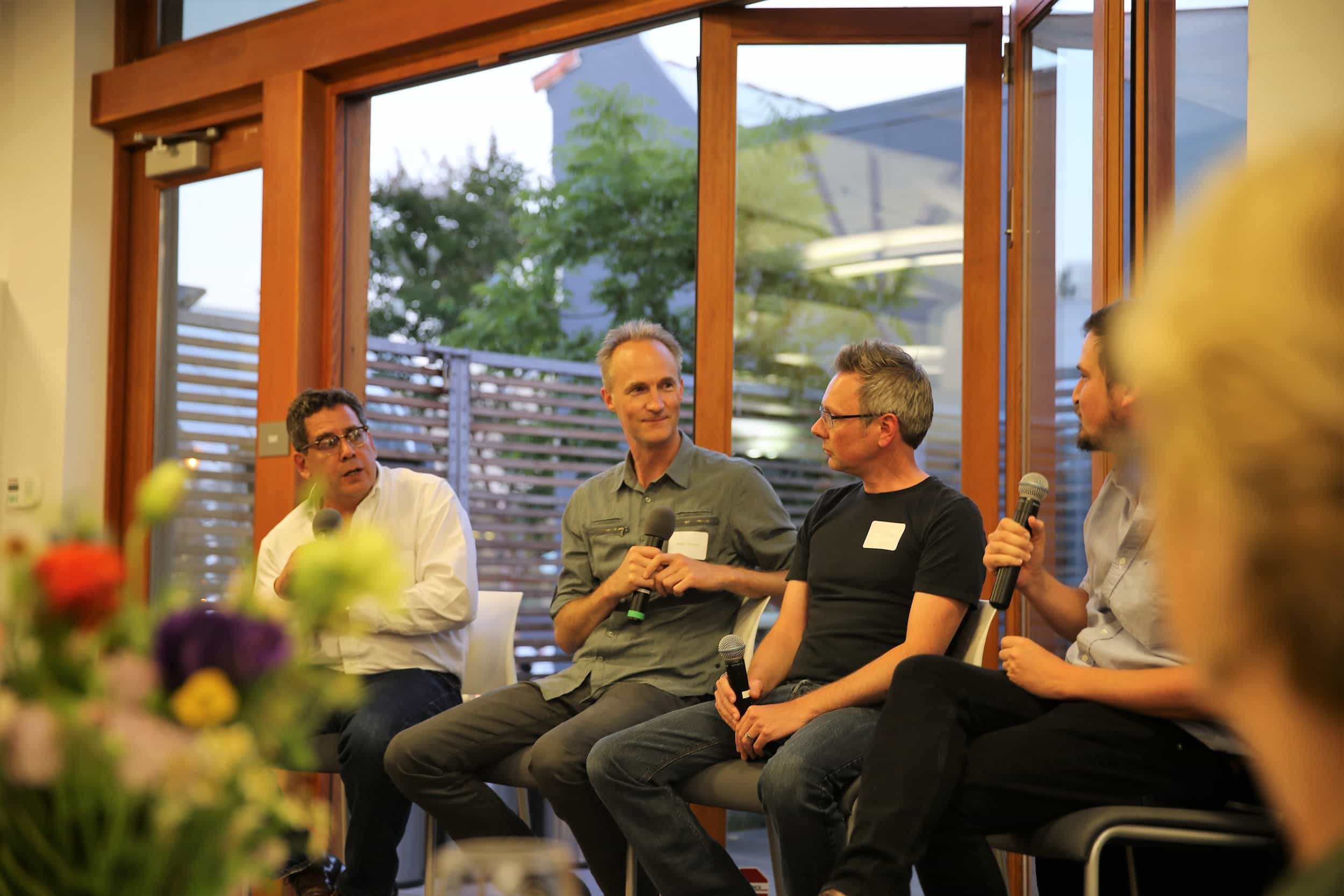PALO ALTO, California — The first iPhone “prototype” was strung together using bits of wood, duct tape and some old Polaroid lenses.
Key members of the Apple team reminisced about those early DIY efforts Wednesday night during a discussion led by Brian Merchant, author of The One Device, a new book about the birth of the iPhone.
“This thing was really kludged together,” said Brian Huppi, a former Apple engineer who helped build the first system. “It was built out of wood, duct tape and old lenses from the ’60s.”
This post contains affiliate links. Cult of Mac may earn a commission when you use our links to buy items.
Alongside Huppi, the ex-Apple staffers included Greg Christie, the former head of Apple’s Human Interface Group, and Bas Ording, a UI designer who created the iPhone’s iconic “rubber band” effect.
They worked in a dusty abandoned user test lab in the Apple headquarters to design the device that would became one of the most popular gadgets of all time.
FingerWorks iGesture Pad is the iPhone’s starting point
The first experimental run at producing a multitouch interface — a broad exploration with no particular device in mind — centered on a FingerWorks iGesture Pad. The iGesture Pad was an alternative input device for RSI sufferers, which Apple acquired in early 2005.

Photo: Fingerworks
The projector was suspended above the table by pieces of wood. Since the projector wouldn’t focus properly on the table, Christie dug some old Polaroid closeup lens from the 1960s out of his garage and duct-taped them to the projector.
“That was my biggest contribution to this early effort,” Christie joked. He brought the lenses to the discussion and passed them around the audience, whose members handled them like religious relics.
Polaroid lenses enabled the first iPhone prototype

Photo: Lyle Kahney/Cult of Mac
To test if multitouch would work on a screen, Huppi remembered building a proof-of-concept out of a piece of glass. After his boss sketched out a basic idea on a whiteboard, he ran down to Radio Shack to pick up parts.
“It was a piece of glass with some copper electrodes taped to it,” Huppi said.
Despite the DIY nature of the system, it worked remarkably well. Ording and his colleague in the Human Interface Group, Imran Chaudhry, created demos of scrolling lists and pinch to zoom.
Steve Jobs saw the work during regular review meetings in which the team showed him their latest work. Ording’s rubber-band effect convinced Jobs that a phone could be built using the nascent technology.
“It felt like magic,” Christie said. “It was magic paper.”


